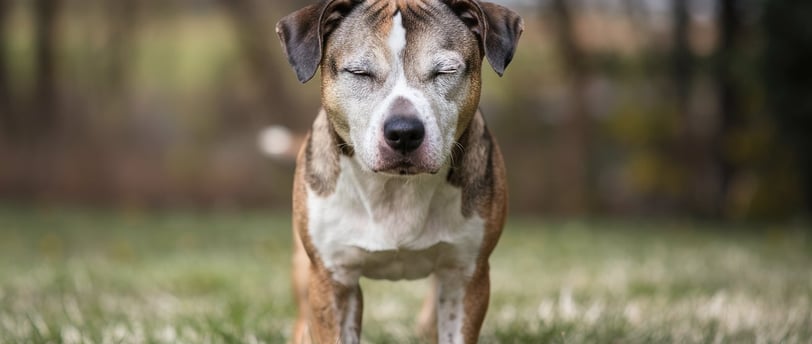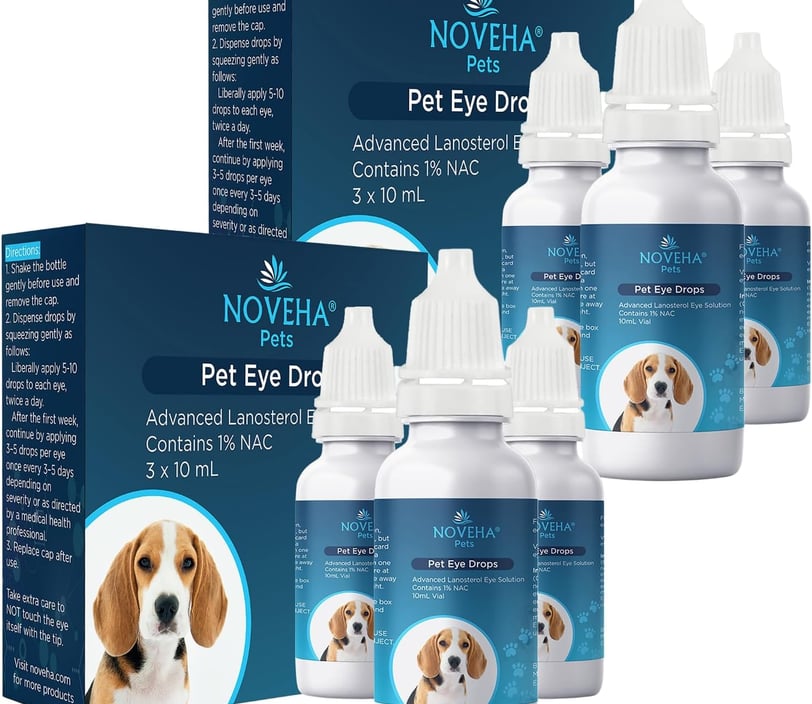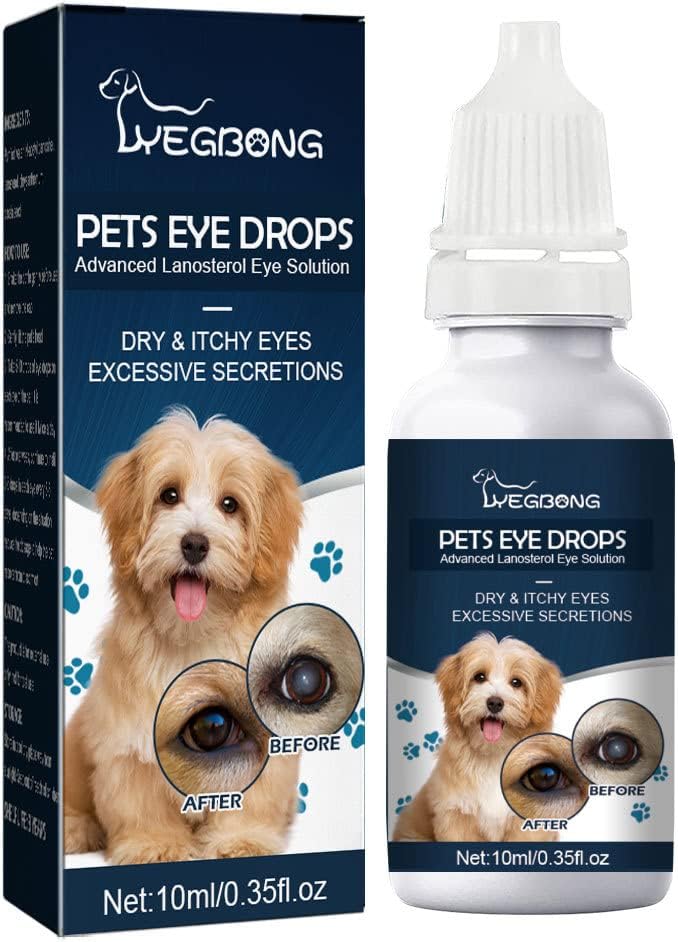Cataract Symptoms in Dogs: What Every Pet Owner Should Know
Discover essential information about cataract symptoms in dogs, including causes, early signs, treatment options, and care tips. Learn how to protect your furry friend's vision and quality of life.
The Canine Chronicles
8/29/20244 min read


As a dog owner, noticing changes in your furry friend's eyes can be worrying.
Cataracts are a common eye condition in dogs, and recognizing the symptoms early can make a big difference.
Let's dive into what you need to know about cataract symptoms in dogs and how to help your canine companion.
What Are Cataracts in Dogs?
Cataracts are cloudy formations that develop in the lens of a dog's eye. Think of it like a foggy window – light can't pass through clearly, affecting your dog's vision. These cloudy spots can range from tiny specks to covering the entire lens, potentially leading to partial or complete vision loss.
Common Causes of Cataract Symptoms in Dogs
Several factors can contribute to cataracts in our four-legged friends:
Genetics: Some breeds are more prone to hereditary cataracts.
Diabetes: Diabetic dogs have a higher risk of developing cataracts.
Age: As dogs get older, they're more likely to develop cataracts.
Trauma: Eye injuries can sometimes lead to cataract formation.
Nutritional deficiencies: Lack of certain nutrients may contribute to cataracts in puppies.
Discover how to manage diabetes in dogs
Early Signs and Symptoms of Cataracts in Dogs
Catching cataract symptoms early can make a huge difference in treatment outcomes. Keep an eye out for:
Cloudy or bluish-gray appearance in one or both eyes
Changes in eye color or clarity
Difficulty seeing in dim light
Bumping into furniture or walls
Hesitation when navigating stairs
Reduced playfulness or interaction with toys
Advanced Cataract Symptoms in Dogs
As cataracts progress, you might notice more severe symptoms:
Complete vision loss in the affected eye(s)
Increased clumsiness or disorientation
Reluctance to jump or climb
Anxiety or behavioral changes
Inflammation or redness in the eye
Diagnosing Cataract Symptoms in Dogs
If you suspect your dog has cataracts, a trip to the vet is in order. Here's what you can expect:
Physical examination: The vet will check your dog's overall health and eye structures.
Slit lamp biomicroscopy: A special light examines the lens in detail.
Tonometry: Measures eye pressure to check for related conditions like glaucoma.
Electroretinogram (ERG): Evaluates retinal function, crucial for determining surgery eligibility.
Find out when it's time to see a veterinary specialist
Breeds Prone to Developing Cataract Symptoms
While any dog can develop cataracts, some breeds are more susceptible:
American Cocker Spaniel
Labrador Retriever
Golden Retriever
Boston Terrier
Siberian Husky
Poodle
Miniature Schnauzer
Treatment Options for Dogs with Cataract Symptoms
While there's no cure for cataracts, several treatment options exist:
Surgery: Phacoemulsification is the most common and effective treatment, removing the cloudy lens and often replacing it with an artificial one.
Medical management: For dogs who aren't surgical candidates, anti-inflammatory eye drops can help manage associated inflammation.
Antioxidant supplements: These may help slow cataract progression in some cases.
Living with a Dog Showing Cataract Symptoms
If your dog has cataracts, you can help them adapt:
Keep their environment consistent
Use verbal cues to help them navigate
Provide puzzle toys to keep them mentally stimulated
Consider using scent markers to help them find important items
Discover ways to enrich your dog's life
FAQs
Q: Can cataracts in dogs be prevented?
A: While not all cataracts are preventable, regular check-ups, a healthy diet, and managing underlying conditions like diabetes can help promote eye health.
Q: How much does cataract surgery for dogs cost?
A: The cost can vary widely depending on your location and the specific procedure, but it typically ranges from $1,500 to $3,500 per eye.
Q: Will my dog go blind if they have cataracts?
A: Not necessarily. With early detection and proper treatment, many dogs maintain good vision. However, untreated cataracts can lead to blindness.
Q: Are there any natural remedies for dog cataracts?
A: While some antioxidant supplements may help slow progression, there are no proven natural cures for cataracts. Always consult with your vet before trying any home remedies.
Conclusion
Dealing with cataract symptoms in dogs can be challenging, but with early detection and proper care, many dogs continue to lead happy, healthy lives. Keep an eye out for changes in your dog's vision or eye appearance, and don't hesitate to consult your vet if you have concerns. Remember, your furry friend relies on you to be their advocate for good health!
Sources
Further reading
Superfoods for dogs
natural ways to boost your dogs immune system
Proteins in dog diets
Product Options
HcirjhieEye Drops for Dogs, Dog Eye Infection Treatment
Thanks and best regards
The Canine Chronicles
Click the link below for Primal Nutrients Formula For Dogs. UltraK9 Pro contains a spectrum of carefully selected primal nutrients, which can turn any dog back into the fierce, healthy and energetic wolf that they are deep inside.
Click here for a healthy canine!
This post may contain affiliate links. If you make a purchase through one of these links, we may earn a small commission at no additional cost to you. We only recommend products and services that we have personally used and believe will add value to our readers. Your support helps us continue to provide valuable content. Thank you for your support!




